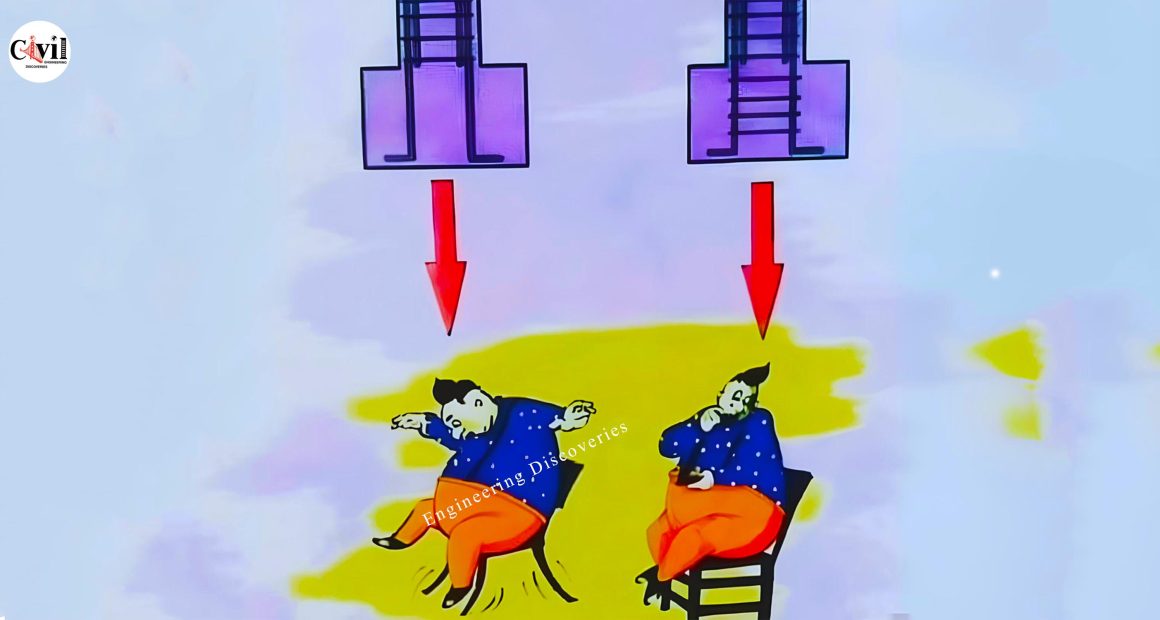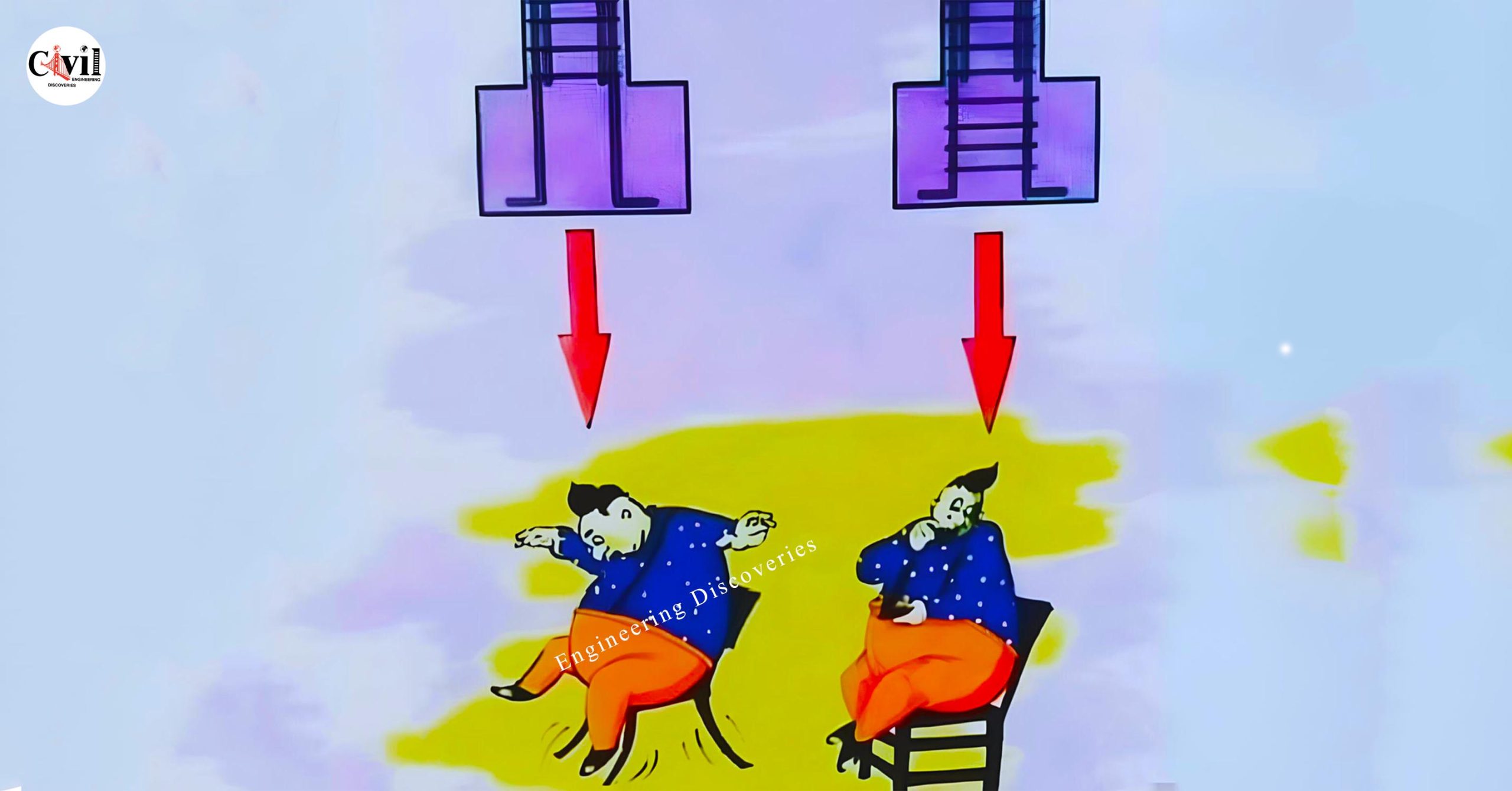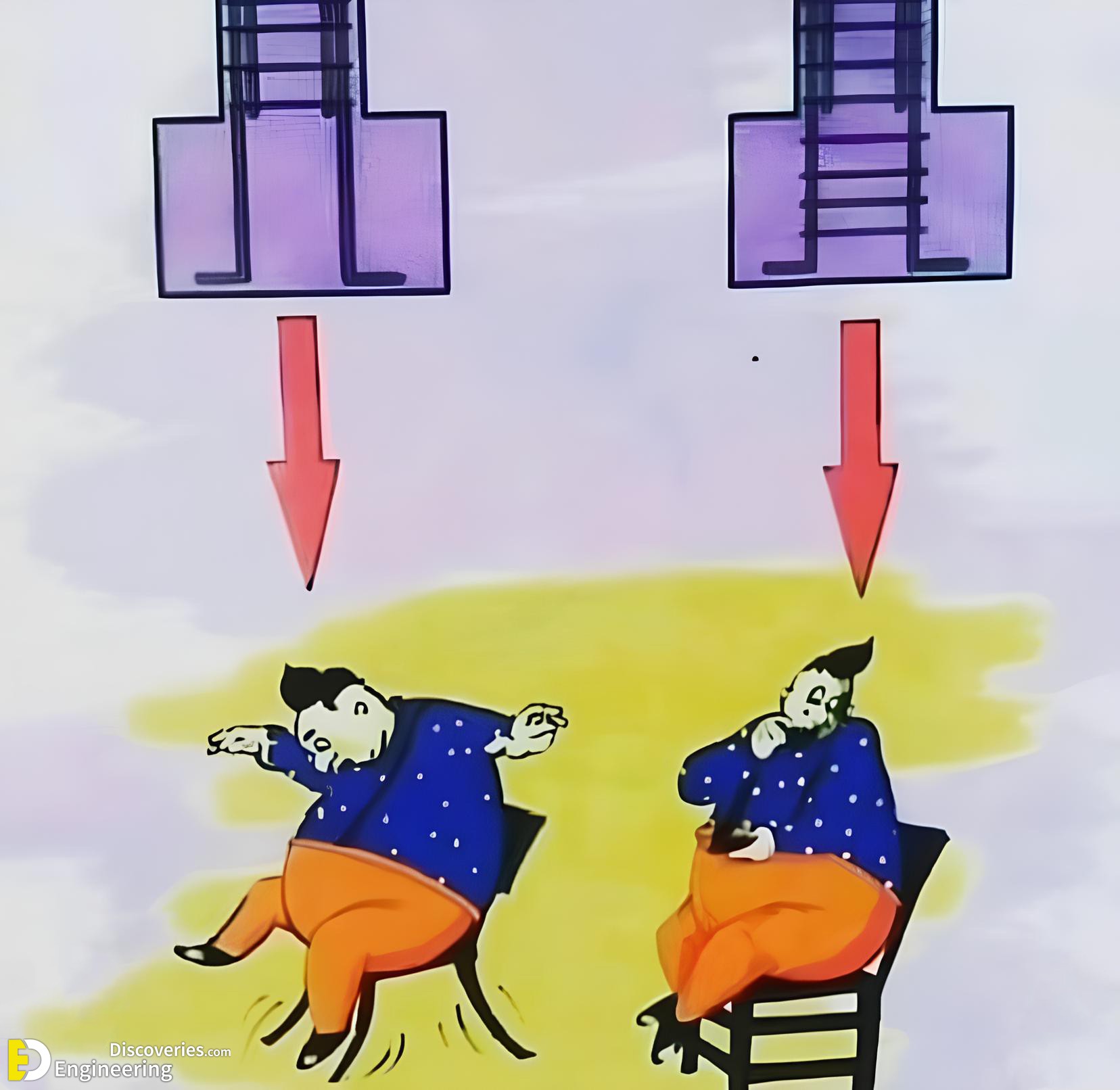In construction, stirrups play a crucial role in maintaining the structural integrity of reinforced concrete. These small but significant elements help provide strength, support, and resistance to various forces. Without stirrups, structures would face greater risks of failure, particularly under stress or seismic conditions.
What Are Stirrups?
Stirrups are closed loops of reinforcement bars (rebars) surrounding the main longitudinal bars in reinforced concrete beams or columns. They are typically placed at regular intervals to prevent the concrete from cracking under pressure. In essence, stirrups hold the internal reinforcements in place and ensure the structure’s stability.
Why Stirrups Are Essential
- Shear Resistance
One of the primary functions of stirrups is to resist shear forces. These are forces that act perpendicular to the longitudinal axis of the structural member. In beams, shear stresses are highest near the supports, and stirrups help mitigate the risk of shear failure by transferring the loads efficiently. - Crack Control
Concrete has a natural tendency to crack under tension. Stirrups play a key role in controlling these cracks, ensuring that they do not propagate, which could lead to structural weaknesses. By holding the concrete and reinforcement in position, stirrups distribute the stresses evenly and help prevent significant damage. - Support During Construction
During the construction phase, stirrups provide additional support to the longitudinal bars, keeping them in the correct position. This ensures that the structural integrity is maintained, even before the concrete is poured. The proper alignment of these bars is vital to the overall strength and durability of the structure.
Different Types of Stirrups
- Closed Loop Stirrups
These are the most common type, forming a rectangular or square shape around the longitudinal bars. Closed loop stirrups are especially useful in beams and columns to offer comprehensive shear resistance. - Helical Stirrups
Used primarily in circular columns, helical stirrups wrap around the reinforcement bars in a spiral pattern. This design provides excellent resistance against both shear and axial forces, making it ideal for structures exposed to seismic activity. - U-shaped Stirrups
U-shaped stirrups are often used in slabs and foundation structures. They are open on one side and provide localized reinforcement to prevent bending and shear cracks.
Key Considerations for Effective Stirrups
- Spacing: The distance between stirrups should be carefully calculated based on the load-bearing capacity and the design requirements. Too much spacing can lead to inadequate support, while too little can result in excessive reinforcement.
- Material Quality: The quality of the rebar used for stirrups should meet the required standards. Poor quality materials can compromise the structural strength and lead to premature failure.
- Proper Installation: Incorrect installation can diminish the effectiveness of stirrups. They should be securely tied and correctly positioned to provide the intended support.
Click Here To See Different Types Of stirrup Used In Construction








Very informative .Even non Engineers can easily understand it.